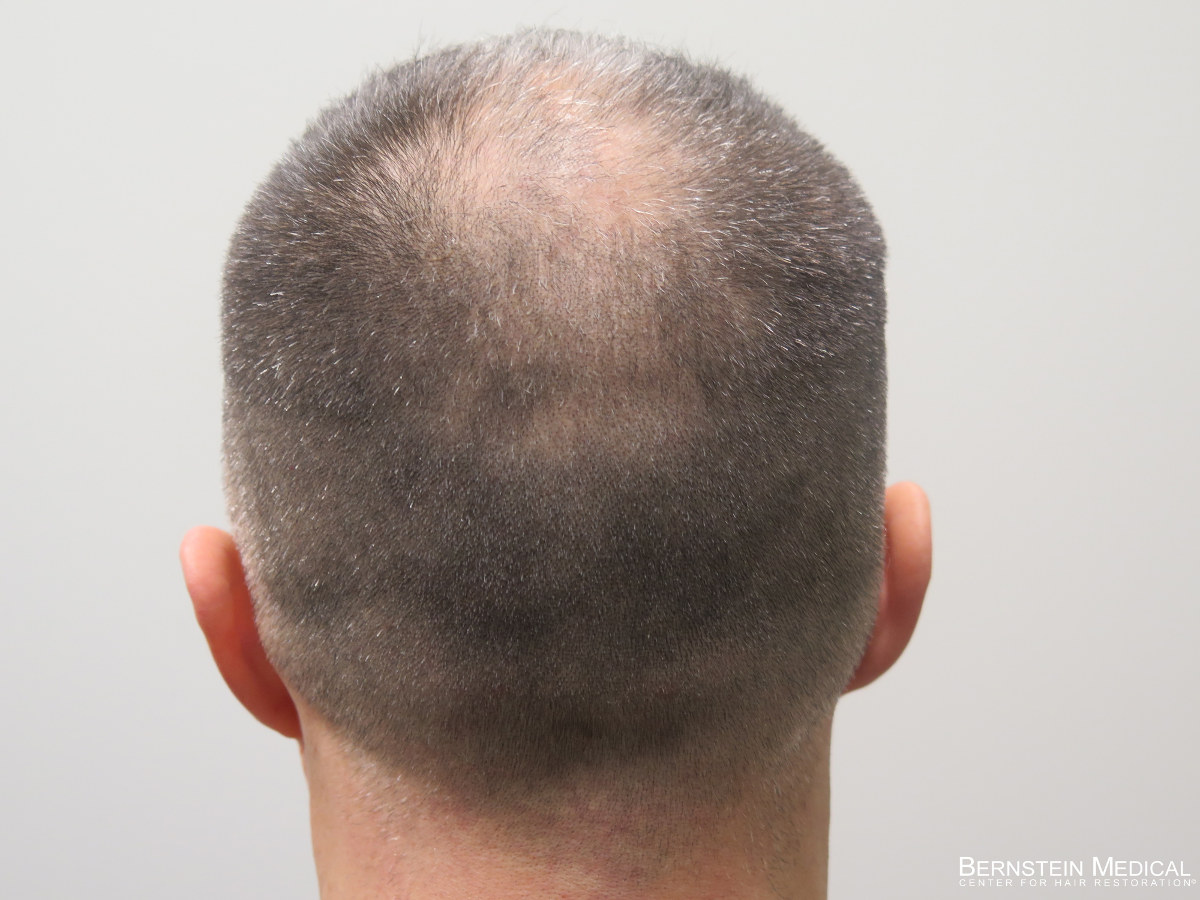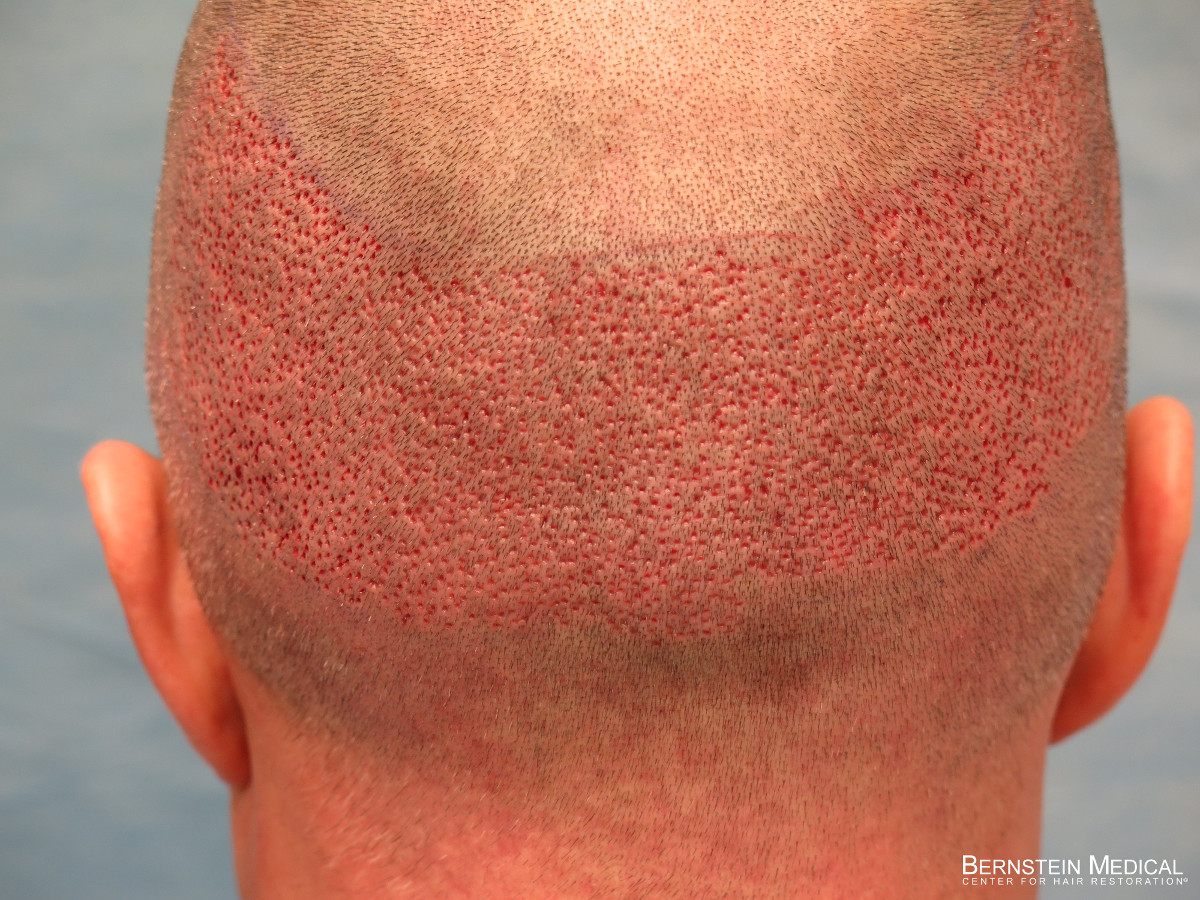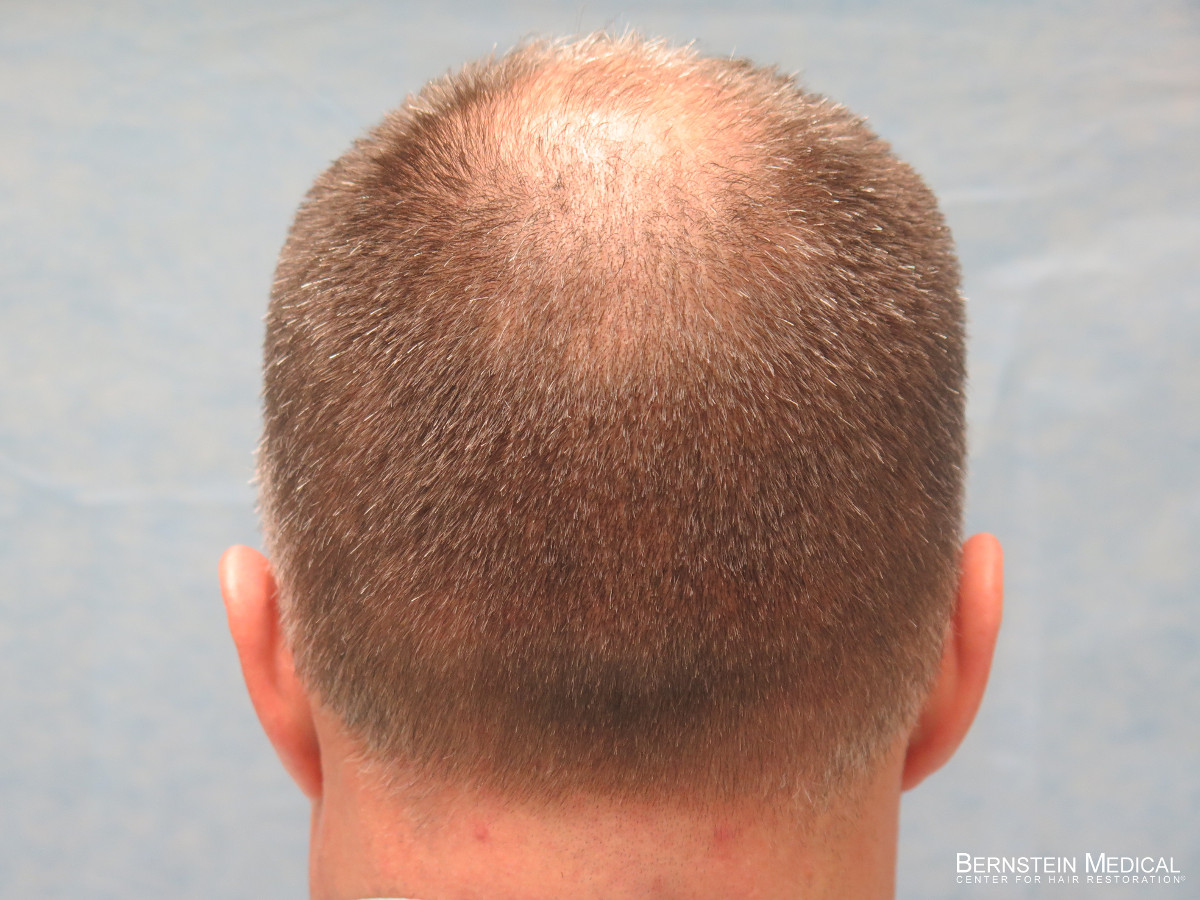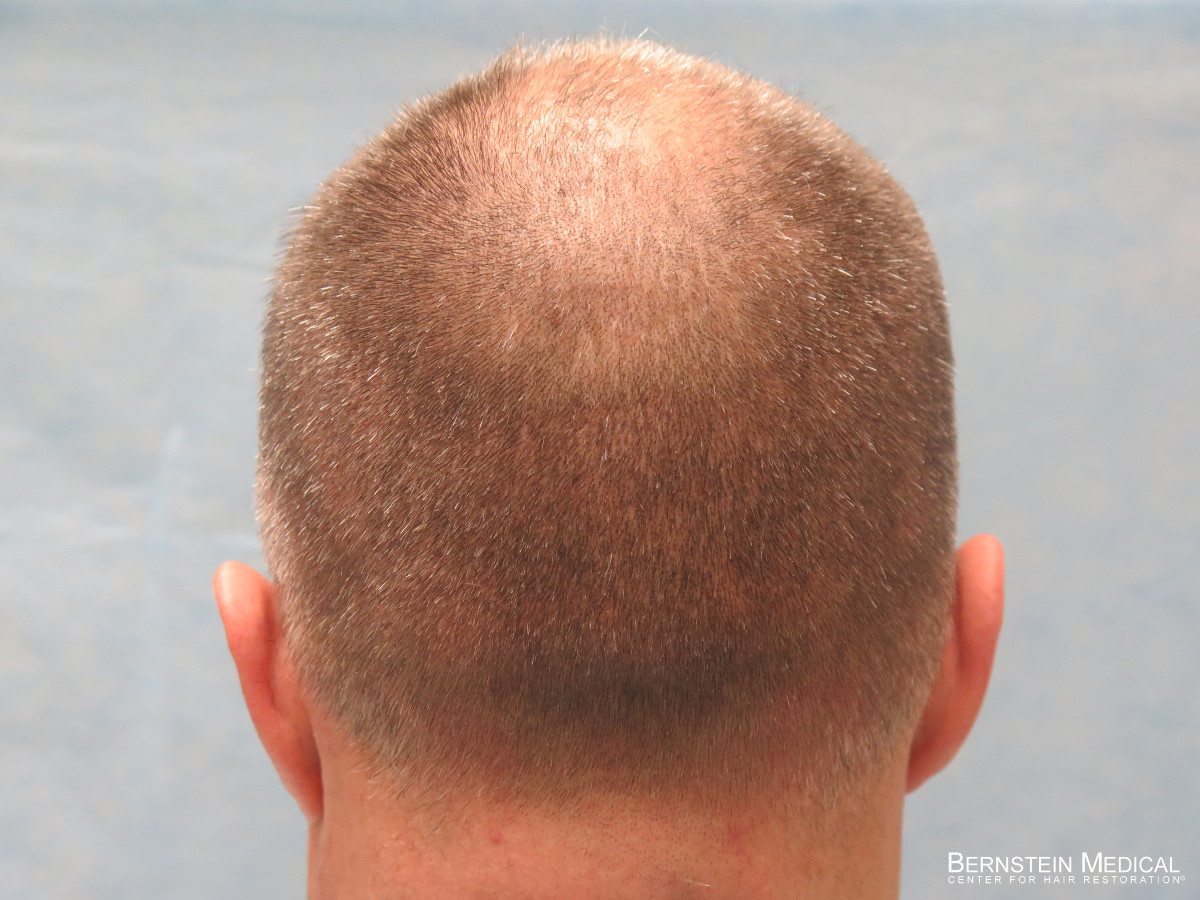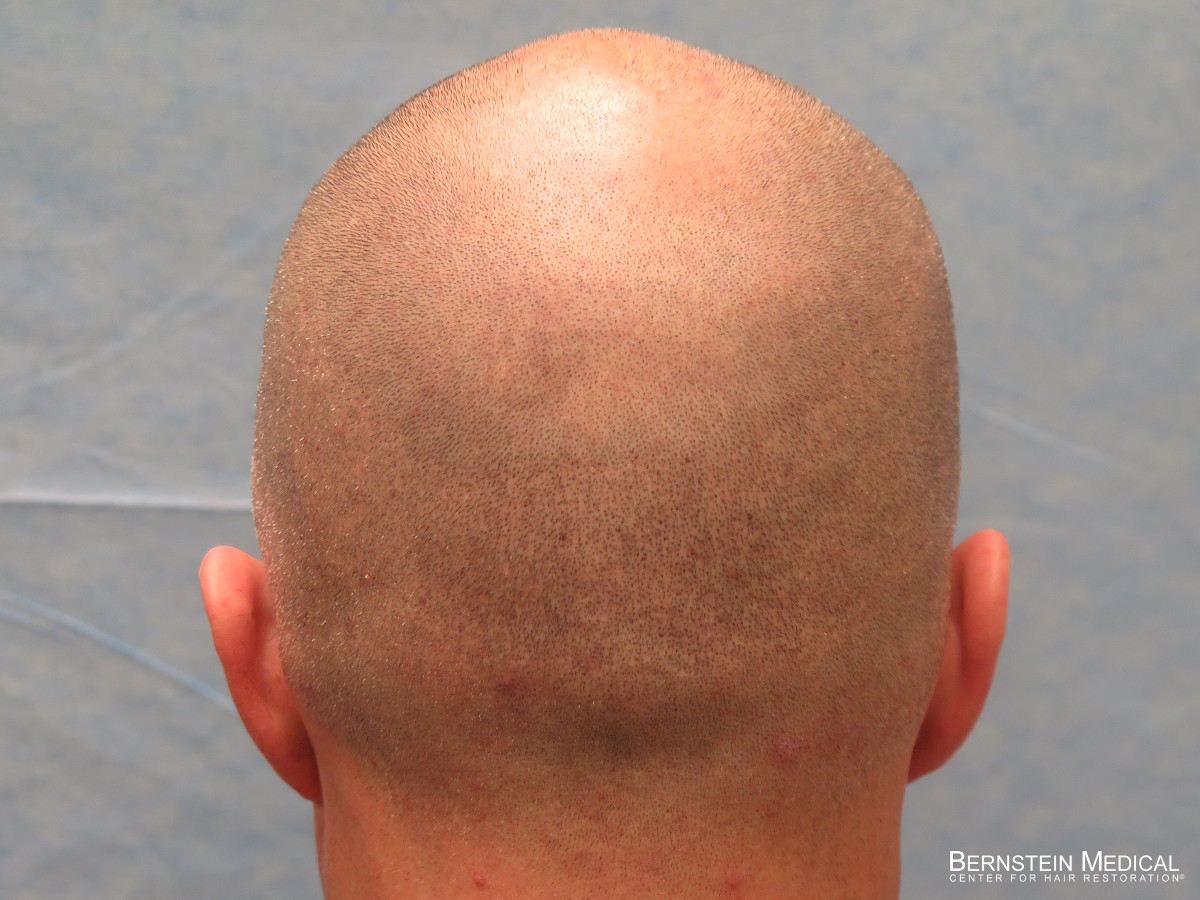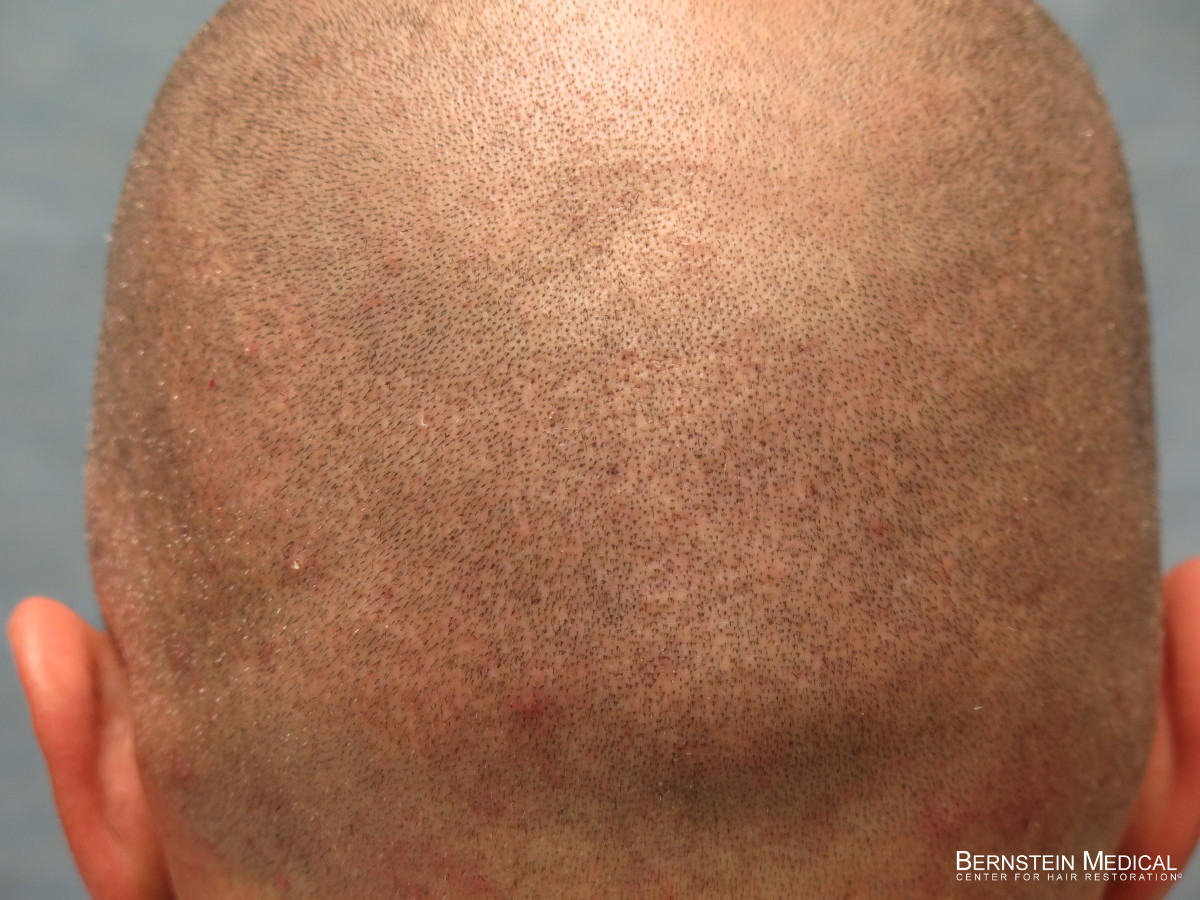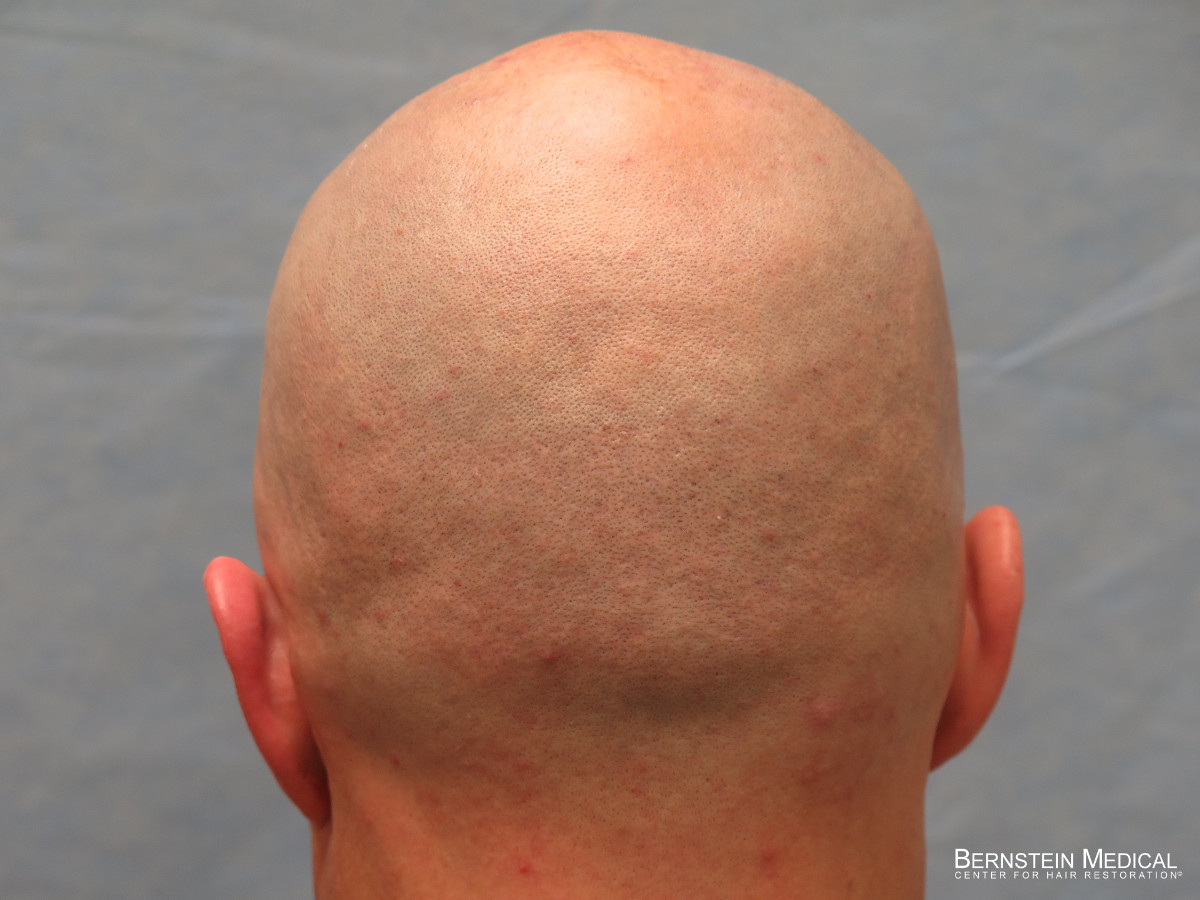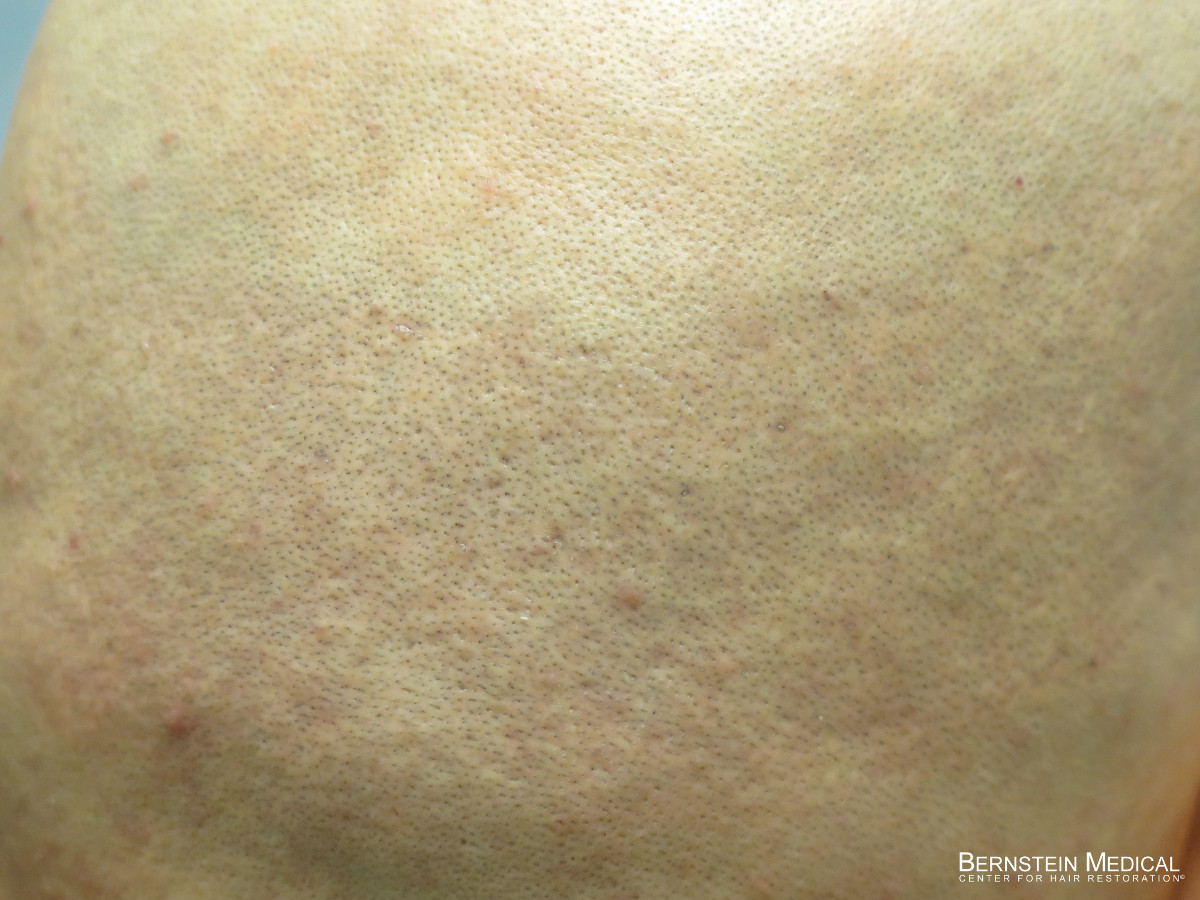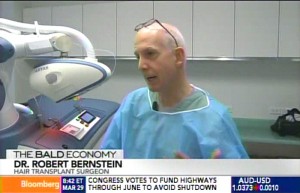Q: I was wondering if it was possible to use Follicular Unit Extraction (FUE) on the old plugs instead of graft excision. — N.B. ~ Westport, C.T.
A: Graft excision generally works better than FUE in removing old plugs and mini-grafts. The reason is that, in these grafts, the hair is not aligned due to the scar tissue that tugs on, and bends the hair. Because the hair direction is altered from the scar tissue, there is much more damage when the grafts are removed with the tiny FUE punches. In addition, FUE only removes a very small part of the plug. If the hair in the plug is pointing in the wrong direction or the plug is in the wrong location, the entire graft needs to be removed.
Another benefit of graft excision is that we can remove the underlying scar tissue and improve the appearance of the underlying skin. In FUE, only a tiny bit of the scar tissue is removed and, since FUE holes are left open, FUE actually causes its own scarring. With graft excision, the sites are sutured closed so some scar tissue is removed and the quality of the underlying skin looks more natural.
Posted by


